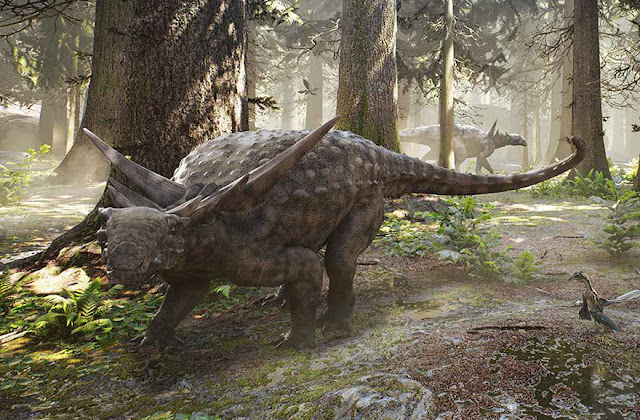Unbelievable pictures of Kuwaiti
landfill site that is home to more than 7 million wheels and so massive it can
be seen from space. So, an average car tyre will travel
around 20,000 to 25,000 miles over its lifetime, but when they have reached the
end of their life in Kuwait City they are destined for the tyre graveyard. Every
year gigantic holes are dug out in the sandy area of Sulaibiya filled with old
tyres in the ground. Although, the expanse of rubber is so vast that the
sizable indents on the earth are now visible from space.
It is believed that tyres of
other countries and Kuwait have paid for them to be taken away - four companies
are in charge of the disposal and are idea to make a substantial amount from
the disposal fees. Even though the European landfill directive means that this
type of 'waste disposal would be illegal in Europe - since 2006 EU rules have banned the disposal
of tyres in landfill sites, leaving about 480,000 tonnes of recyclable shredded
rubber each year. Few years back a fire broke out in a Kuwait tyre dump which
was so big that it could be seen from space. The fire broke out on April 17 at
a tire dump near Al Jahrah. Tyre fires are difficult to extinguish they produce
a lot of smoke, which often carries toxic chemicals from the breakdown of
rubber compounds while burning.
In England all truck and car tyres
must be recovered, recycled and reused.
Therefore, presently over 80% of the 55 million used tyres generated in
Britain are processed via the Responsible Recycler Scheme. Materials from correctly
recycled tyres are used for a variety of uses including a children’s
playground, running tracks, artificial sports pitches, fuel for cement kilns,
carpet underlay, equestrian arenas and flooring. Bales of tyres can be used in
the construction of modern engineered landfill sites and flood defenses. Moreover,
if waste tyres are in good condition, they can be re-moulded and put back on
the road as ‘re-treads’. In 2010, just
over 30% of waste tyres were turned into crumb, 18% were used in energy recovery, almost 20% were
re-used in the UK or abroad, 16% were particularly used in landfill engineering
and 11%t were re-treaded.
In some circumstances tyres are
shipped out to countries such as India, Pakistan and Malaysia, but there are
strict laws about their exportation. Different tests were performed on grip and
skid resistance, with engineers reporting that the rubber road, on a stretch of
dual carriageway between Perth and Dundee, resulted in a quieter drive. Experts
claim the road requires less maintenance and still allows for drainage, whereas
tyre recyclers claim the technique will also save money because the new
material is thinner than standard roads. Rubber roads were first built in the
1960s in the US, where today there are 20,000 miles of road made of recycled
tyres.
Rubber roads are also popular in Germany,
China, Brazil, and Spain. The technique has been found to cut traffic noise by
about 25%. The asphalt is made by breaking down used tyres into rubber ‘crumbs’
which are supplementary to bitumen and crushed stone, which are usually used to
make asphalt. It is believed that more than five million tires fuelled the fire
which specialists struggled to control. Hundreds of firefighters as well as
soldiers and employees of the Kuwait Oil Company took part in the efforts to
extinguish the blaze. A number of MPs described the fire as an 'environmental
catastrophe' and urged to demand a debate on the issue in a particular parliamentary
session.


















































